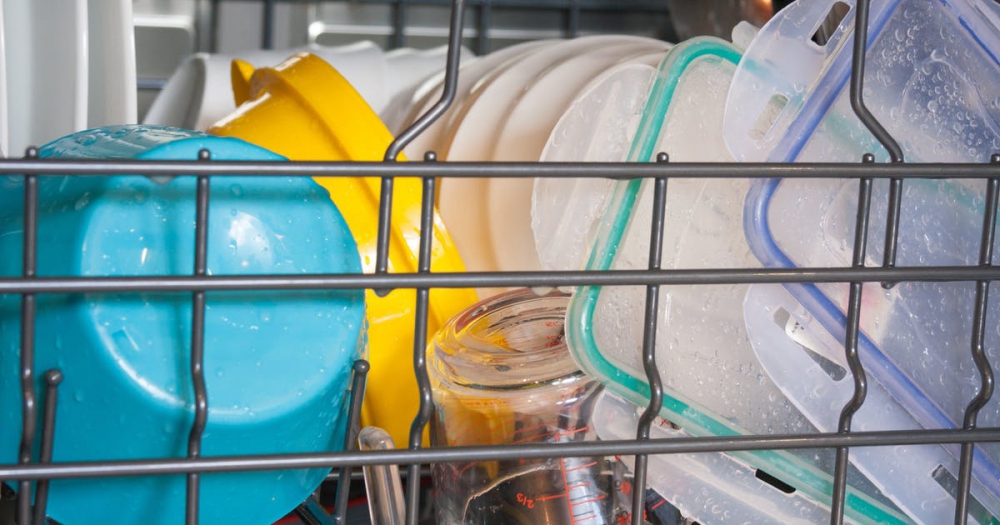Why Do The Plastıc Products From The Dıshwasher Stay Wet?
WHY DO THE PLASTIC PRODUCTS FROM THE DISHWASHER STAY WET?
When emptying your dishwasher, did you ever notice that some products, especially made of plastic, are covered with water beads? This may cause you to question how clean your dishes are or if there is a problem with your dishwasher. This problem is actually quite common when it comes to plastic washing in the dishwasher (you have to make sure your plastic products are dishwasher safe.) Fortunately, this problem can of course be explained by science.
Conductivity
On average, a dishwasher will reach a temperature of 54 to 76 degrees anywhere. All metal, glass and plastic products absorb heat at different rates, which affects their drying time. Generally speaking, plastics are lighter materials, ie they are lighter and thinner than other options and absorb less heat, making it difficult to evaporate water. Another problem with dishwashers that may arise from light plastic is that they can move around and leave you water-filled containers.
Evaporation
The reason why the plastic dishes contain water after washing is that they do not absorb heat as much as ceramic or glass pieces and then they cannot evaporate. Glass and ceramic plates stay hot for longer, which means that water evaporates faster than plastic dishes. Since plastic is not as hot as its counterparts, water is more likely to condense on the surface.
Other Issues
If you plan to wash the plastic dishes, remember to place them on the top shelf. After all, the water temperature is warmer on the bottom shelf and can melt some cheap plastic products. Make sure that the plastics you use at home do not contain BPA. Therefore, do not avoid occasional manual drying of plastic dishes.



